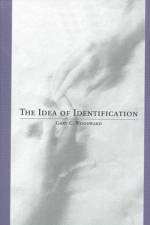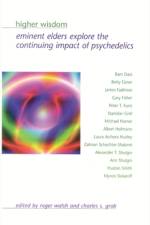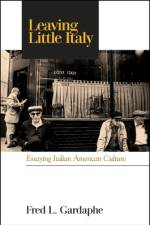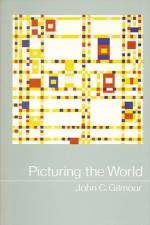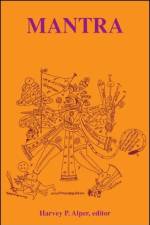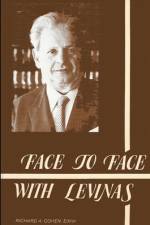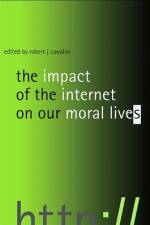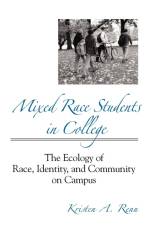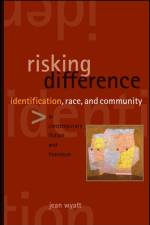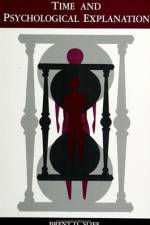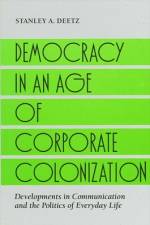av Atwood D. Gaines
609
This book outlines a "new ethnopsychiatry," one that considers popular or folk ethnomedicines and professional psychiatric systems in the same discourse, effacing the traditional distinction between psychiatry and ethnopsychiatry. The essays in this volume are from a diverse, interdisciplinary group representing history, psychology, sociology, and medicine, as well as anthropology. The author view both ethnomedical practices and illness as local cultural constructions. They consider ideologies and institutions from both professional and popular ethnopsychiatric systems in America, Western Europe, South Africa, the Caribbean, Japan, and India.The book demonstrates that professional and popular psychiatric medicines lie along the same local cultural continua, that professional, "scientific" psychiatries and less formalized systems of local popular psychology are epistemological relatives, aspects of common cultural discourses on normality and abnormality. The essays reject the notion of a universal, uniform reality of psychopathology beyond cultural boundaries, but the data strongly support the cultural and historically constructed nature of ethnopsychiatry, in its illness, ideologies, and institutions. Contributors to this volume include Amy V. Blue, Thomas Csordas, Ellen Dwyer, Paul E. Farmer, M.D., Atwood D. Gaines, Helena Jia Hershel, Janis Jenkins, Pearl Katz, Thomas Maretzki, Naoki Nomura, Charles Nuckolls, Kathryn Oths, Lorna Amarasingham Rhodes, and Leslie Swartz.


